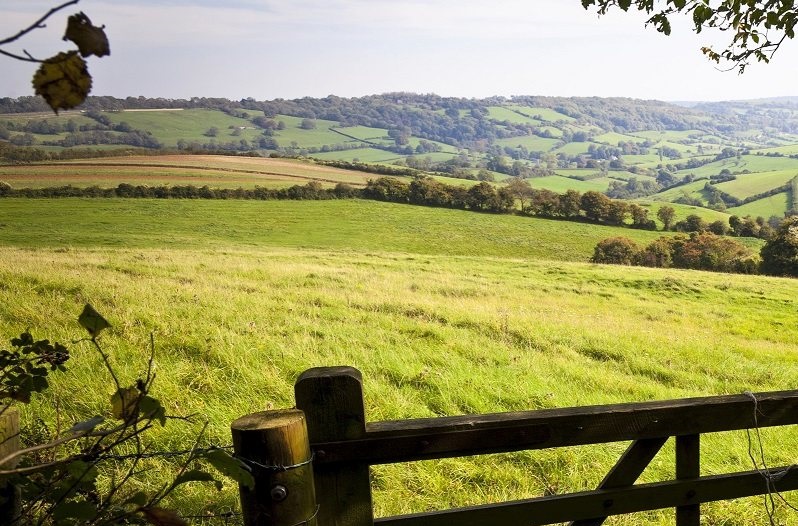
A 'stasis' in the agricultural let sector has been revealed in the latest survey by the Central Association of Agricultural Valuers (CAAV).
The annual Land Occupation Survey covers decisions made where tenancies were granted or ended and other occupations changed in that year.
Tenant farmers contributed data for the survey for England and Wales and the survey for Scotland.
With a low level of activity in land occupation reported, CAAV said it was now looking at how this could be tackled.
This includes taxation following the increasing success of income tax relief in the Republic of Ireland.
The survey for England and Wales shows the reduced activity in the let sector since 2005 and the start of the Single Payment continuing.
Little previously vacant land was newly let and there was no significant loss of land to environmental uses.
The decline in the number of agricultural holdings act (AHA) tenancies remains slow, CAAV's survey shows.
Two-thirds of the 1986 Act tenancies which ended with no successor were re-let as FBTs, a lower fraction but with an average length of 10.68 years.
The average agreed length for all FBTs was 3.66 years; for those over one year it was 5.46 years.
Larger and better equipped holdings are generally let for longer terms; holdings with a house and buildings let for an average term of just under 10 years.
Few tenancies (7.6%) were of whole, fully equipped farms with a house, with most lettings of bare land.
New entrants tend to be offered longer tenancies, with 71% of all lettings to new entrants being for a term of more than five years.
The survey for Scotland also shows a low level of activity, with a let sector that appears to be both limited and sustained by the incentive that Basic Payment gives for claimants to stay in place.
Bare land lettings remain the dominant type of letting - 66% of lettings in 2022 were of bare land and just 8% included a dwelling – the balance includes buildings but no dwellings.
Although it has been conventional to think of Scottish agricultural holdings as fully equipped, the survey's results continue to highlight the dominance of bare land units in the number of new lettings in Scotland.
CAAV secretary Jeremy Moody said: “Despite the differences in tenancy law between Scotland and that in England and Wales, all parts of Britain show low levels of activity, indeed stasis, in the let sector, while most new lettings are of bare land.
“With the sector’s sensitivity to the policy environment, it remains to be seen whether the delinking of payments from land and farming in England will come to unlock letting opportunities and the effects any other policy changes might have.”
